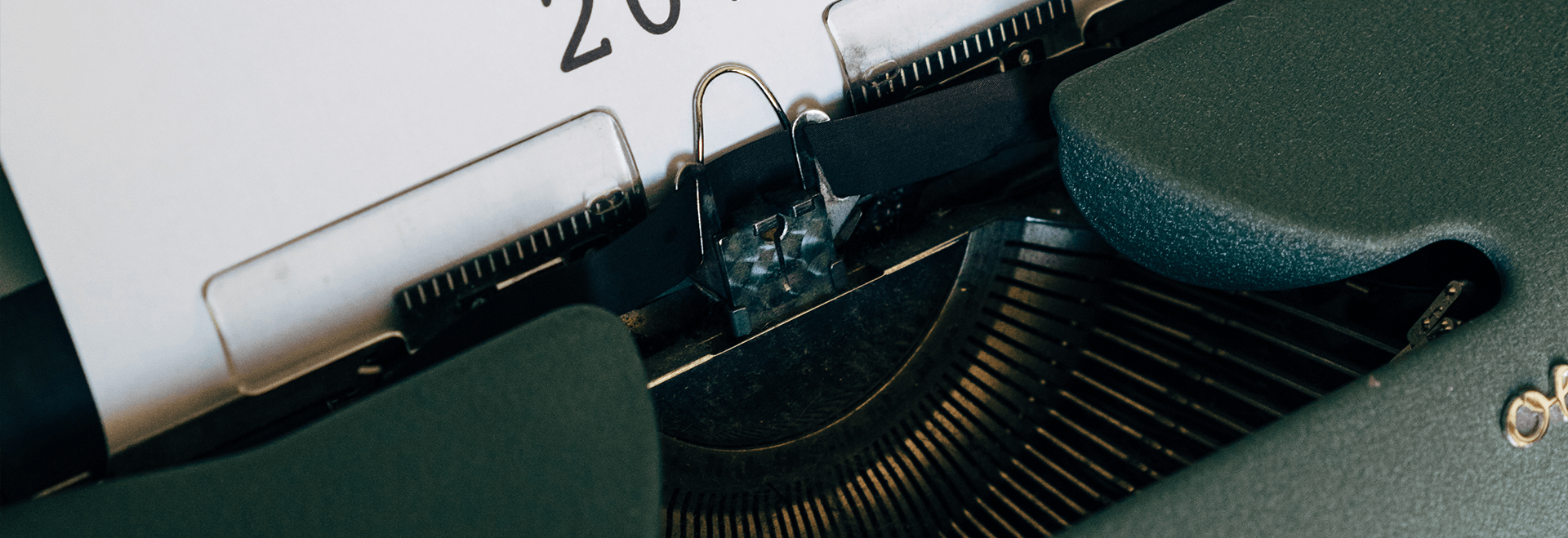1、 Superiority
The membrane microporous aerator is an aeration device developed in the 1980s. The device has small aeration bubbles, large gas-liquid area, uniform bubble diffusion, no pore blockage, and strong corrosion resistance. However, after years of operation, some difficult to solve defects have emerged. For example, problems such as membrane detachment, membrane tearing, membrane failure to open, and sludge entering the bronchi. Therefore, the R&D department of the company has cooperated with many universities and research institutions at home and abroad, overcome various technical difficulties, reformed the membrane aerator, and developed a new generation of disc type membrane microporous aerator for the 21st century.
2、 Main technical performance
Using ABS engineering plastic as the main body, the variable microporous aerator is designed with a slightly raised arched surface. The imported rubber film is made of EPDM, which has an anti adhesion surface. The film is punched with a German imported CNC knife and specially processed to ensure the quality and accuracy of the holes. When aerating with oxygen, the main plate is designed with four air supply tanks, which buffer the incoming air through check valves and directly deliver it to the center of the aeration head, ensuring that the membrane can be easily opened with low resistance at once. The diaphragm is mechanically assembled with ribbed locking to ensure detachment. When air is introduced, the micropores on the air distribution film expand and expand on their own, ensuring the passage of air. When aeration stops, the variable micropores on the air distribution film are in a closed state. Due to the self expansion and contraction of the variable micropores on the air distribution film, it avoids clogging of the micropores through the aerator. Secondly, the bottom plate of the tubular microporous aerator is equipped with a check valve device to prevent the mixture from entering the gas distribution branch pipe and blocking it when the pipeline system stops supplying gas. The incoming air does not require special filtration, intermittent aeration does not block, and significant technical improvements have been made to the common phenomena of blown film tearing, inability to open or block in variable microporous aerators. These technological reforms have enabled it to avoid the pain of maintenance in long-term operation, making it a new generation product.










